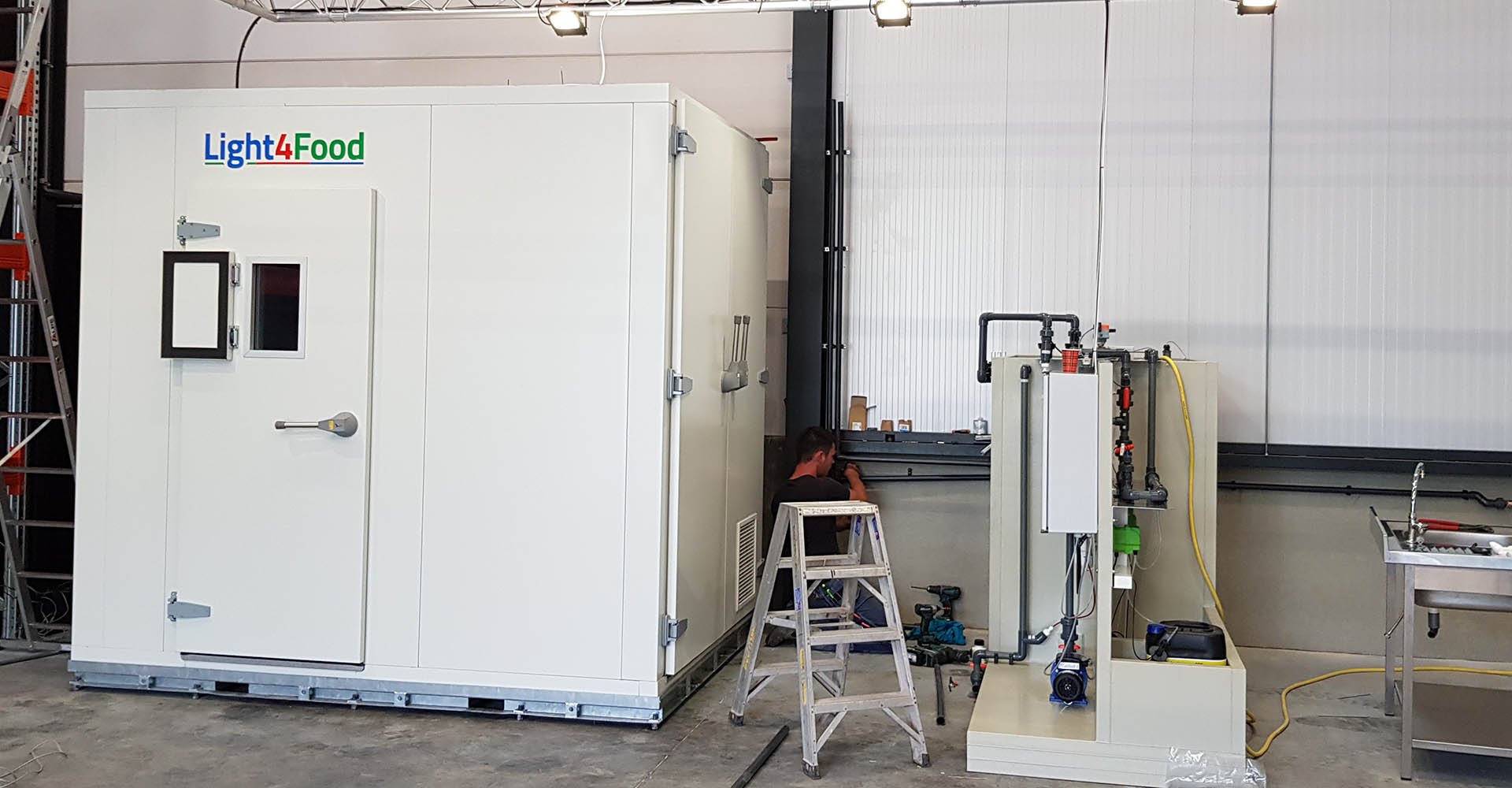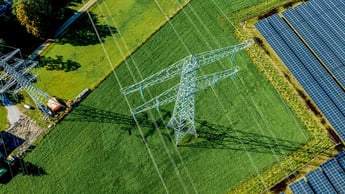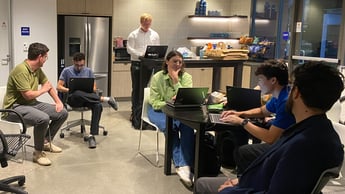Growing data in horticulture
The goal of the Wageningen University annual Autonomous Greenhouse Challenge is to fully autonomously grow tomatoes. Five AI/data-driven teams competed for the title with their algorithms, trying to outperform a reference team of growers that cultivated the tomatoes manually.
By means of various sensors and actuators placed in the greenhouse, the AI teams could remotely influence tomato growth. This data-driven method of growing proved to give higher yields than the manual growth; and higher yields result in increased net revenues (kg), sustainability, and net profit (€).
Autonomous growing at Itility
Itility is also active in the field of autonomous growing. The first viable product we see is a digital ‘Grower Assistant’ that we are currently developing in our own Indoor Farm. It supports growers to optimize decisions around indoor climate settings to reach maximum profit, considering yield in combination with prices, resource usage, and costs.
Autonomous Growing at Itility
The key in our approach is the combination between real-world growing and simulation via a digital twin. In order to reach maximum profit, you must optimize a large number of variables; think of light intensity, CO2 levels, and water amounts. Finding the optimum is nearly impossible for a human. With a digital twin (and using our own custom Genetic Algorithm) we can simulate many combinations of variables until we find the (near) optimal climate settings for the maximum profit.
Similar to the model-based greenhouse design approach of Vanthoor, the optimization algorithm requires a crop yield model, an indoor farm model, and a financial model as input. With these inputs, the algorithm calculates the optimal climate settings for the entire crop cycle. The grower then decides if he wants to apply the proposed settings to his farm.
 Our own indoor farm where the Grower Assistant is being developed
Our own indoor farm where the Grower Assistant is being developed
After confirmation and implementation of the climate settings, we closely monitor how the crops are affected. For this, we use cameras. Via an automated data pipeline, plant features such as the canopy leaf area or perimeter are extracted from images. In this way we provide the grower with insights in the state of the crop without the need for time-consuming manual inspections and measurements.
Optimization at a daily basis
An advantage of using digital simulation to optimize climate settings is the ability to respond to changes during the crop cycle. Think of changes in (cost) prices, extreme weather conditions, availability of labor, or changes in demand. Optimization is therefore executed on a daily basis. The grower will get notified when a better growth plan is available.
“The Grower Assistant that we envision becomes an essential tool to save valuable time and increase profit for a grower.”
Finding an optimum in a large number of variables, continuous visual crop inspection, monitoring changes, and simulating scenarios are all examples where data-based intelligence augments the grower’s knowledge. Hence, the Grower Assistant that we envision becomes an essential tool to save valuable time and increase profit for a grower.
The first ‘outrage’ among growers that data-driven cultivation does better than their own domain knowledge, is now quickly turning into admiration. Data is no longer a residual product, but a fully-fledged horticultural product contributing to the further development of the sector.
For more info on the rise of data-driven cultivation, also read Datagedreven groenteteelt breekt door (Dutch only)





